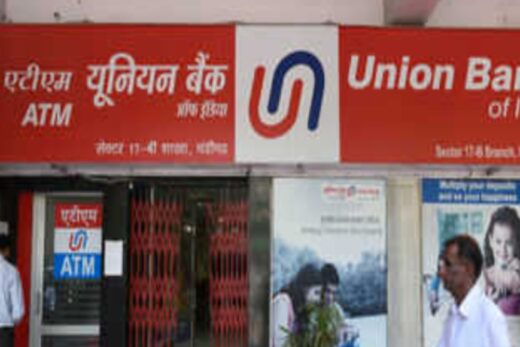While small and medium-sized micro-lenders, which are hard-pressed with thin margins, may raise their lending rates across customer segments, bigger lenders may charge a little higher to borrowers with high-risk profiles. However, even if there is a rise, it would be marginal given the competition in the market, industry captains believe. Higher rates may also create political risk.
“There will be some corrections on lending rates based on credit risks. So far, NBFC-MFIs were not allowed to price the risk properly. Now, this will be possible,” said Udaya Kumar Hebbar, managing director at CreditAccess Grameen, India’s largest NBFC-MFI in terms of outstanding loans.
The consultative document on microfinance regulation released by RBI on Monday expects that deregulation on pricing would allow market forces to bring down lending rates for the bottom of the pyramid borrowers, about half of whom pay interest rates in excess of 20% a year. Even high street banks with a significantly lower cost of funds charge around 24%, people familiar with the matter said.
“The microfinance market will see a paradigm shift in the way business is done,” said Arohan Financial Services managing director Manoj Kumar Nambiar. “There could be different rates in different geographies too depending on the risk perception. For example, lending rates in high delinquency states may be higher than in other geographies. We may charge slightly higher rates to new borrowers without credit records and they may graduate to better pricing once their credit behaviour is established. This is going to be exciting,” he said.

States like Assam, Maharashtra, Punjab and West Bengal have seen higher delinquencies in the past few quarters.
Ujjivan Small Finance Bank managing director Nitin Chugh believes that banks that control about 60% of the market are not going to increase their rates. “Rates are market-led and as the market expands, as intended through the RBI recommendations, rates can indeed come down over time.”
Satin Credircare Network managing director HP Singh expects the demand and supply dynamics to ultimately play out.
RBI has proposed a two-lender model for the entire microfinance universe against the prevailing rule where no more than two NBFC-MFIs are allowed to lend to a single borrower while there is no bar on banks from lending to the same person. With the two-lender model going forward, it is expected that lenders would try to bring in new products to the table to outsmart rivals.
Sa-Dhan executive director P Satish thinks that lending rates of small and medium MFIs may rise marginally as their margin is squeezed given the higher borrowing cost and rising credit and operational cost during the pandemic.
“NBFC-MFIs have been freed of the base rate formula, which was causing many of them to bleed. Nevertheless, I don’t think that MFIs will increase the rate of interest on a flat basis but definitely, there may be different rates of interest on the basis of the credit score, type of business and other risk factors,” said Village Financial Services managing director Kuldip Maity.
The current microfinance regulation is applicable only to NBFC-MFIs, which control 30% of the market. RBI’s suggestions aimed at addressing the issue of over-indebtedness of micro borrowers and helping them to get the benefit of market-driven lower interest rates.
“Already 70% of the market in microfinance is deregulated. NBFC-MFIs have to compete with banks and small finance banks. Hence, I don’t think rates will increase much,” Sindhuja Microcredit managing director Abhisheka Kumar said. Vivek Tiwari of Satya MicroCapital agreed. “I personally feel that following the RBI move, more unbanked remote population will be financially included.”



